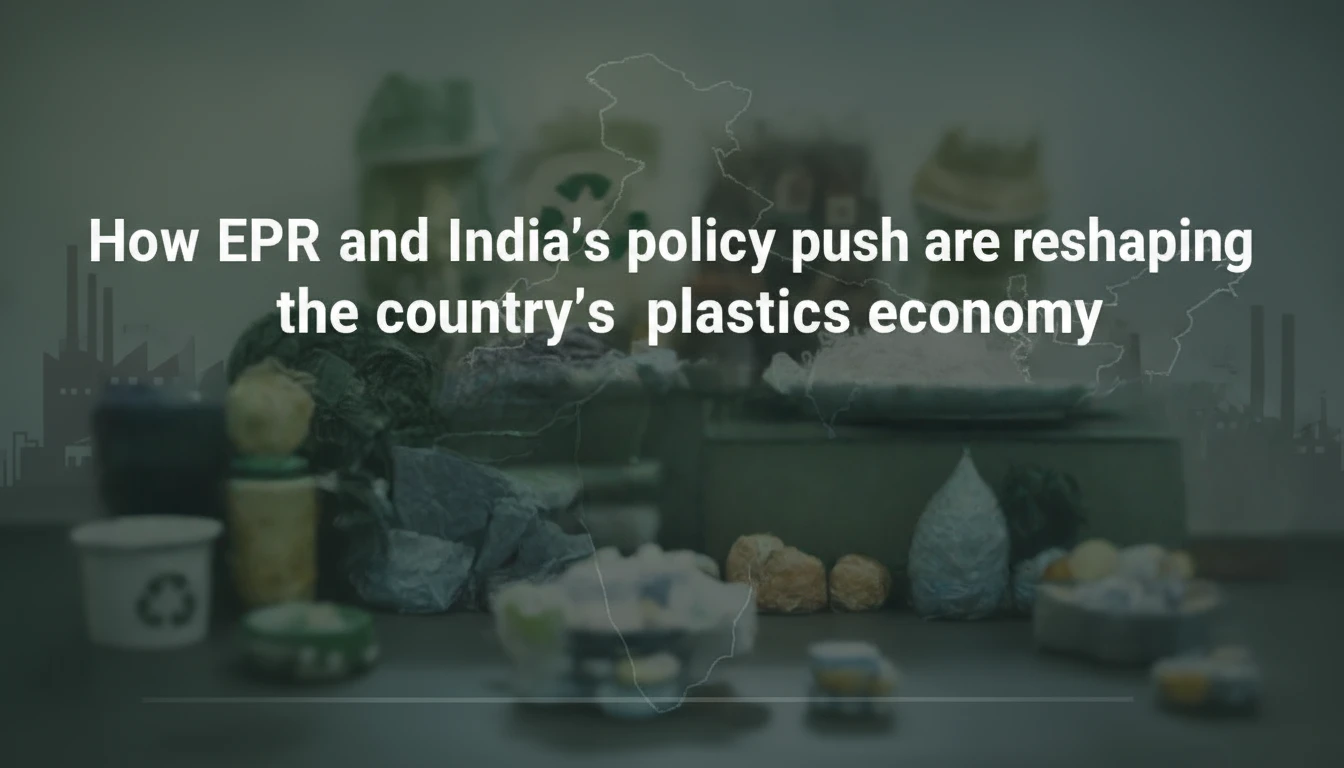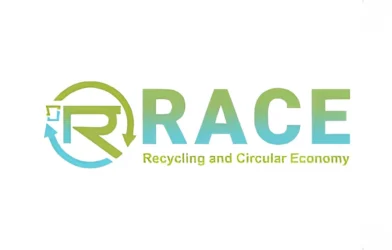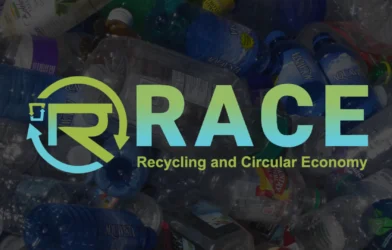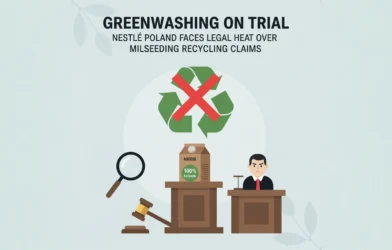Author: Aditya Pareek | EQMint | Opinion
India’s waste economy is no longer the same quiet, fragmented system it was a few years ago. With the government tightening rules, building digital traceability, and asking producers to take responsibility for end-of-life packaging, Extended Producer Responsibility (EPR) is moving from theory to practice — and private players are racing to turn compliance into a circular-economy opportunity.
What changed at the policy level
The Ministry of Environment, Forest & Climate Change (MoEFCC) has been actively updating the Plastic Waste Management Rules. A key step came with the Plastic Waste Management (Amendment) Rules notified in January 2025, which strengthen traceability, labelling and producer obligations under EPR. Shortly after, the regulator and CPCB scaled up a Centralized EPR Portal to register producers, track targets and collect returns — turning EPR from a paper exercise into an online compliance workflow. More amendments and draft notifications through 2025 (including a June 2025 draft) sharpened focus on recycled-content targets, mandatory labelling (QR/barcodes/ID on packaging) and stricter penalties for non-compliance.
In plain terms: brands must register, report volumes placed on the market, meet collection/recycling targets (or buy compliance via certified mechanisms), and increasingly show how much recycled material their packaging contains. These rules create both a compliance burden and a market signal — recycled plastics and verified collectors are now economically valuable.
How rules are changing industry practice
The regulators’ twin levers — transparency (QR codes, unique IDs) and obligations (recycled content & collection targets) — are changing incentives up and down the value chain. For consumer brands and importers, EPR has stopped being an abstract corporate social responsibility checkbox and become an item on the balance sheet: non-compliance risks fines and reputational damage, while meeting targets can reduce material costs and secure supply of r-resins.
On the ground, the CPCB portal is standardizing reporting and making it easier for regulators to audit producer commitments. That standardization also creates scale for Professional Recycling Organizations (PROs), waste-aggregators, and recyclers who can demonstrate certified collection and recycling.
Players turning compliance into capability: Race, GEM and Rudra
Several Indian companies are positioning themselves as the operational backbone of India’s EPR transition.
-
- Race Eco Chain (RACE) has built a nationwide collection and supply chain for plastic waste, positioning itself as an aggregator that connects informal waste pickers, aggregators and formal recyclers. Race’s model emphasizes traceability and scale — the kind of organized feedstock that brands will need to meet recycled-content requirements. (RACE)
-
- GEM Enviro Management Ltd. is an established EPR and waste-management services firm that offers EPR fulfilment across plastic, e-waste, batteries and tyres. GEM acts as a bridge for producers who must comply with CPCB norms but lack in-house logistics: EPR registration, reporting, and certified collection are core offerings. (gemenviro.com)
-
- Rudra Ecovation operates recycling and recovery facilities (including PET recycling and technologies that convert certain plastic fractions into useful outputs). Companies like Rudra close the loop by turning collected material into recycled polymer, flakes, or alternative products that count toward EPR targets. (Rudra Ecovation)
Together these actors demonstrate how the EPR ecosystem needs three capabilities to work: traceable collection (aggregators/PROs), compliance and reporting (EPR service providers), and conversion capacity (recyclers). The regulatory push is aligning incentives so that these roles become investible businesses — not just civic initiatives.
The challenge ahead
Policy momentum doesn’t erase operational complexity. India’s recycling ecosystem still faces challenges: informal collection channels must be formalized without displacing livelihoods; quality of segregated streams matters for recycled-content mandates; and a credible certification and trading mechanism for plastic credits or recycled-content certificates needs robust oversight to avoid greenwashing. Draft rules have suggested market-based mechanisms (credits, certificates), but implementation details and audit frameworks are still evolving.
Why this matters for brands — and opportunity areas
For brands, EPR is now a strategic procurement issue. Meeting recycled-content targets means securing reliable sources of recycled resin and investing in design for recyclability. For entrepreneurs and investors, the changes open three clear opportunities: tech-driven traceability (QR/ID solutions), PRO services that aggregate and certify collection at scale, and higher-quality recycling capacity (r-PET, film recycling, chemical recycling pilots).
Companies such as Race, GEM and Rudra illustrate the emerging industrial architecture: organized aggregation, professional compliance services, and conversion facilities. If the policy sticks and enforcement strengthens, these businesses will not only help brands comply — they will capture much of the value created by a circular plastics market.
Final word
India’s EPR journey has moved from regulation to system-building. The government’s 2025 amendments and CPCB’s centralized portal have made expectations clear: trace every pack, collect what you place on the market, and use recycled material where possible. Execution will take years, and success will depend on transparency, credible certification, and investments in conversion capacity. But with committed PROs, aggregators, and recyclers scaling operations, the country is finally aligning rules with markets — and that alignment is the single biggest lever for shifting India’s plastics economy toward circularity.
Disclaimer: This article is based on information available from public sources. It has not been reported by EQMint journalists. EQMint has compiled and presented the content for informational purposes only and does not guarantee its accuracy or completeness. Readers are advised to verify details independently before relying on them.









